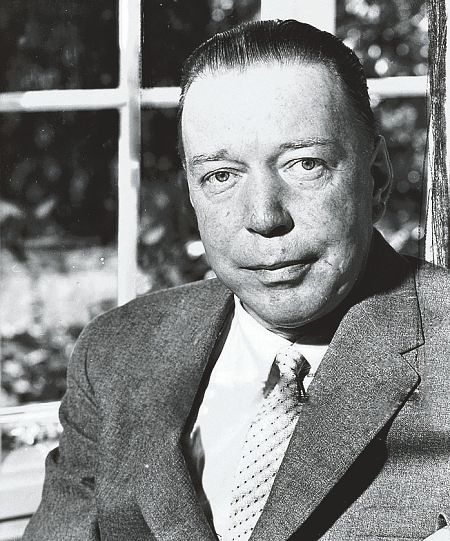Mika Waltari
Mika Toimi Waltari
Born September 19, 1908, Helsinki. Died August 26, 1979, Helsinki.
Master of Arts, 1929 (Theoretical Philosophy, Aesthetics and Modern Literature), University of Helsinki
Author, screenplay writer, translator
Book reviewer, 1932-42, Maaseudun tulevaisuus newspaper
Editorial secretary, 1936-38, Suomen Kuvalehti weekly
State Information Office, 1939-44
Member, Academy of Finland, 1957-78
Honours
Honorary Doctor, University of Turku, 1970
Honorary member, Finnish writers’ union, 1960
Pro Finlandia literary award, 1952
State Award for Literature, 1933, 1934, 1936, 1949 and 1953
Honorary award, Aleksis Kivi Fund, 1947
Mika Waltari’s bibliography
Photo: Wikimedia Commons
Written by Tomas Sjöblom and Lauri Lönnström
Translated by John Calton

